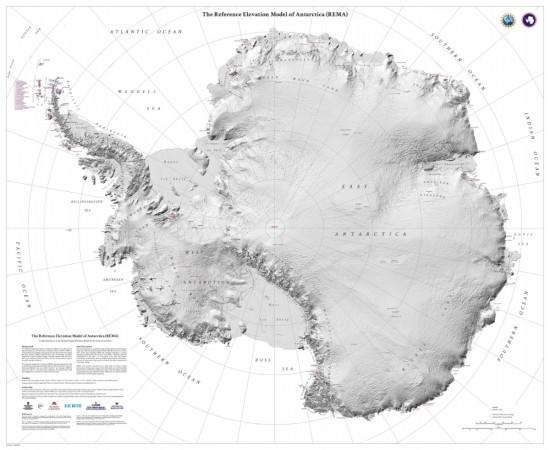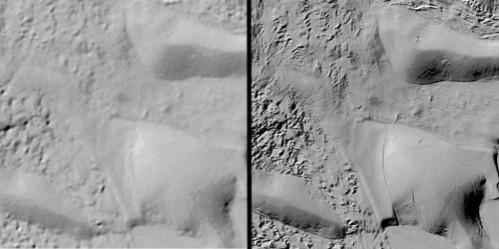
Researchers from the Ohio State University and the University of Minnesota came together and have created the most detailed terrain map of Antarctica till now. Called the Reference Elevation Model of Antarctica (REMA), this map is not just the highest resolution map of the Antarctic ice shelves, it is the most detailed terrain map of any continent on the planet.
This map, says a report put out by the universities, has a resolution of two to eight metres, which is quite remarkable, considering most previous maps have a resolution of about 1,000 metres.
"It is the highest-resolution terrain map by far of any continent," said Ian Howat, professor of earth sciences and director of the Byrd Polar and Climate Research Center at The Ohio State University. "Up until now, we've had a better map of Mars than we've had of Antarctica. Now it is the best-mapped continent."
Howat led the mapping project and he says that this imaging data of the continent will change the way research is carried out there, more so since it keeps getting updated.

At this resolution, he says, almost everything can be readily seen. Even variations in the snow in is clear. "We will be able to measure changes in the surface of the continent over time."
As the map gets updated, changes in snow cover as well as changes in the motion of ice can be easily studied, he said. River discharge, flooding levels and volcanic activity can be monitored. "It will be possible to actually see the thinning of glaciers."
As to just how much data a map like this will require, the files take up about 150 TB of space, that is 150,000 GB of storage, says the release. Using this map, it will be possible for scientists to actually plan out trips over the terrain in advance, says the release. There are no roads out in the Antarctic wastelands, so a map like this would be handy.
"We had to start from scratch to build this. The software had to filter the data, process it, and turn it into a refined product for the scientific and broader community to use," said Howatt. The imaging data, notes the release, came from the constellation of polar-orbiting satellites that passed over regions of Antarctica to take photographs repeatedly, at least 10 times per satellite.













